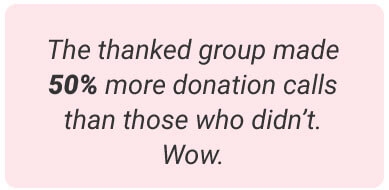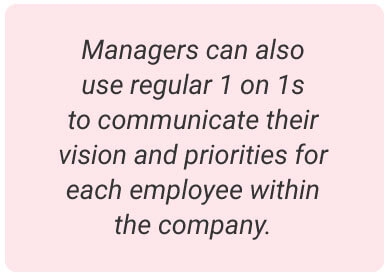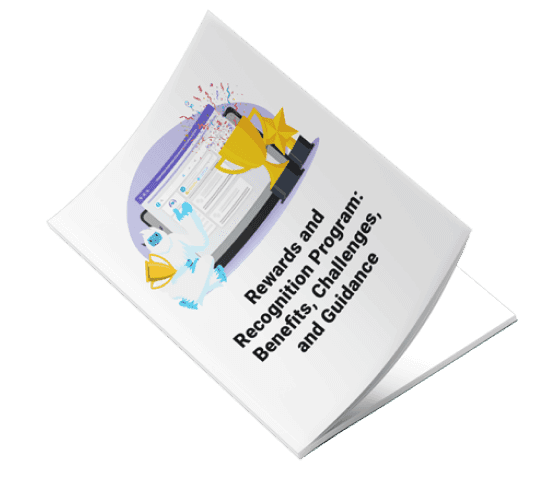
What Really Makes a Motivated Employee
March 1, 2021
|
Carly MacLennan
1. Thank you, next...

2. Community Counts

3. Managers Make All the Difference

About the Author

Carly MacLennan is the Marketing Program Manager at Motivosity. She recently graduated with her MBA from Brigham Young University. Carly has a background in and a love for Marketing and the culture side of HR, specifically with employee experience and employee engagement. Carly was born and raised in Alberta, Canada but has since lived in Utah, Washington DC, and Northern California.
Learn More
Learn More






